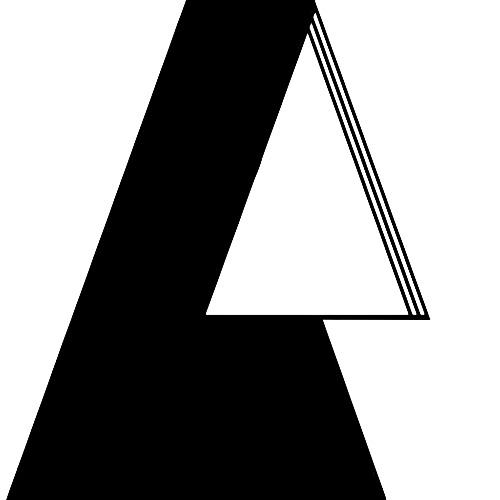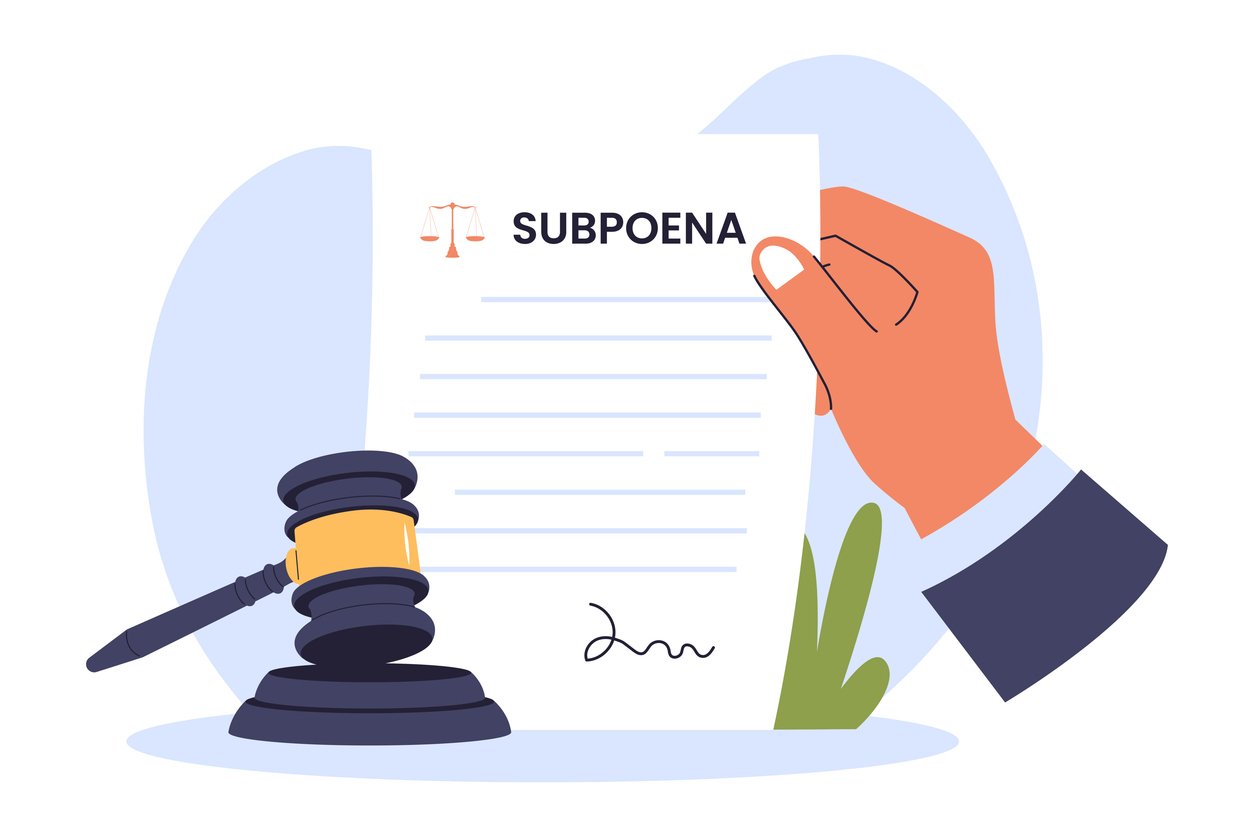
What is Copyright?
Copyright is a legal protection given to the creators of original works, such as books, music, films, and art. It grants the creator exclusive rights to use, reproduce, distribute, and display their work. In the U.S., these rights are automatically granted as soon as the work is created and fixed in a tangible form, such as written on paper or recorded.
Duration of Copyright Protection
The duration of copyright protection varies depending on when the work was created. For most works, the copyright lasts for the creator’s lifetime plus an additional 70 years. After that, the work enters the public domain, where it can be freely used by anyone.
What is Fair Use?
Fair use is a legal principle that allows the use of copyrighted material without permission under certain circumstances. It’s designed to balance the rights of the copyright owner with the public’s interest in being able to use copyrighted works for education, research, commentary, and more.
Factors That Determine Fair Use
Four main factors are considered when determining whether a use qualifies as fair use:
- Purpose and Character of the Use: Non-commercial, educational, or transformative uses (like criticism, commentary, or parody) are more likely to be considered fair use.
- Nature of the Copyrighted Work: Factual works (like news articles) are more likely to fall under fair use than highly creative works (like novels or movies).
- Amount and Substantiality: Using smaller portions of a work is more likely to be fair use than using the entire piece. However, even a small portion can be problematic if it is the “heart” of the work.4 Effect on the Market: If the use of the copyrighted work could replace or reduce the market for the original, it’s less likely to be considered fair use.
Common Examples of Fair Use
Understanding how fair use applies in real-life situations is crucial for creators, educators, and businesses. Here are some common examples:
Educational Use
Teachers and students often use copyrighted materials for educational purposes. Quoting a book or showing a short clip from a movie in a classroom setting typically qualifies as fair use. However, the extent of the usage should be reasonable and directly relevant to the educational goal.
Criticism and Commentary
Reviewers, bloggers, and journalists frequently rely on fair use when quoting or showing excerpts of copyrighted materials for criticism, commentary, or review purposes. For example, a movie critic can show short clips to discuss the strengths and weaknesses of a film.
Parody
Parodies, which mimic copyrighted works to create humor or satire, are generally considered fair use. Because parody often transforms the original work to make a new statement, it is usually protected under fair use.
What Are the Risks of Misusing Copyrighted Material?
Using copyrighted content without permission can lead to legal consequences, including lawsuits, fines, and damages. Even if you believe your use is fair, copyright owners may still challenge it, leading to costly legal battles. It’s always a good idea to seek legal advice if you’re unsure whether your use qualifies as fair use.
Navigating copyright and fair use can be tricky, but understanding the basics can help you avoid legal issues and make informed decisions. Whether you’re an educator, content creator, or business owner, knowing when and how you can use copyrighted materials is essential. If you need legal advice on copyright or other intellectual property matters, contact Law Advocate Group, LLP for expert assistance.



